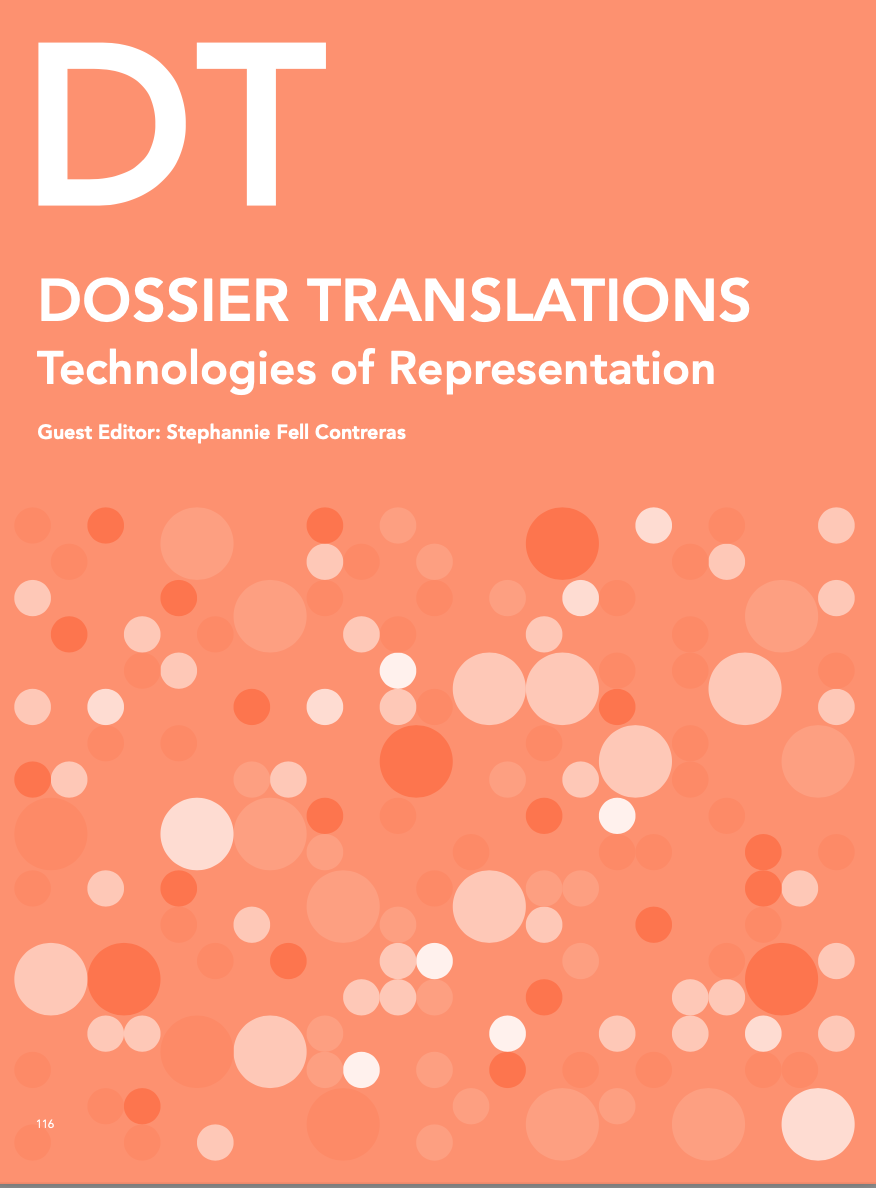Technologies of Representation
Contenido principal del artículo
Resumen
“In teaching us a new visual code”, Susan Sontag wrote more than forty years ago, “photographs alter and enlarge our notions of what is worth looking at and what we have a right to observe” (Sontag, 1977, p. 3). Since the publication of Sontag’s `Plato’s Cave , the most radical change in this visual code has been the pace and breadth of its reach. We carry image-making and image-sharing devices in a pocket. We can easily upload a photograph to a search engine and call up millions of images based on visual or conceptual similarity. But even with the leveling of tools for making and distributing images, Sontag’s empowering `ethics of seeing is today a territory in dispute. Millions of image-makers and instant sharing capabilities are met by algorithmic filter-bubbles and widespread misinformation campaigns. The sheer quantity of image circulation did not amount to improved visibility, let alone mutual understanding.
After 18-O (18 October) in Chile and the Covid-19 pandemic, it became clear that any discussion on representation should address the unrealized promise of the `ethics of images . This implies not forgetting that, as Gayatri Spivak proposes, whenever we use the word ‘representation’ we are compounding its two meanings: to ‘re-present’ as in art or philosophy, and to ‘speak for’ as in politics (1988, p. 275). Architects are familiar with images that ‘do’ things for us: renders pre-visualize, orthographic projections measure, collages hint at experiences of space. Architectural drawings can be translated, as Robin Evans (1997) put it, into buildings and urban plans. But what is architecture’s relationship to other kinds of images, those which were never meant to become buildings This issue of Materia Arquitectura was a call to explore the agency of images in the construction of realities, the imposition of borders and the narration of stories that are political. Not only because their object is the polis, but because they alter our relationship with the built environment and consequently, the way in which we understand, imagine and shape, as a society, the common territory that is at the base of the exercise of public power.
